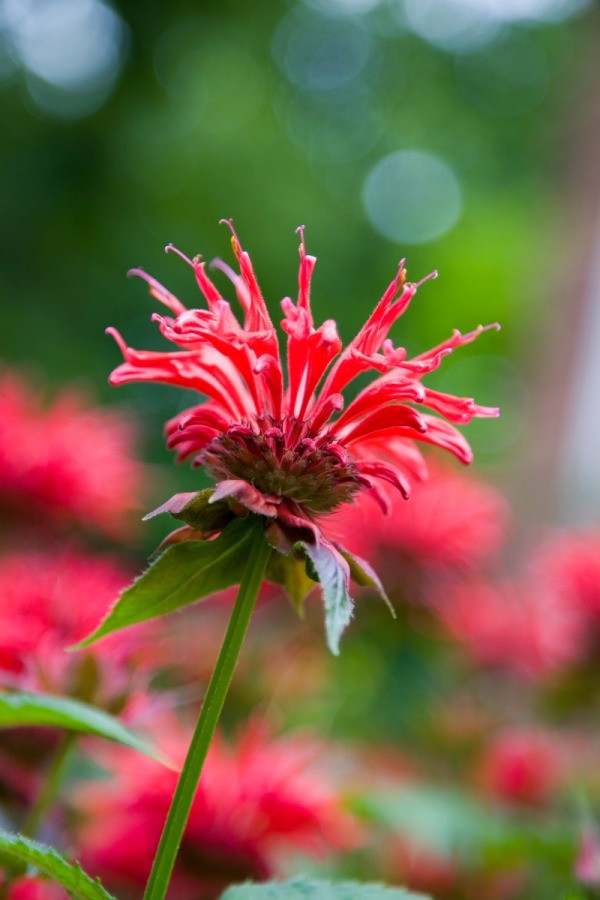

While the numbers seem overwhelming, your garden is not doomed. With so many fungi species in this group, there are going to be some variations in the details of how they work, but they are similar enough that we group them all together under this one disease name. Same for these powdery mildew fungi: they are what we call obligate parasites and specialist species that cannot survive without their specific host plants (or family of host plants). One example is how monarchs are a specialist species that cannot survive without specific milkweed plants (hosts) to feed their larvae. You’re probably familiar with hosts and specialist species for butterflies. These plants serve as host species for the fungi. This group includes over 900 fungi that infect over 10,000 flowering plants species-many of them familiar to our home gardens including ornamental flowers, fruits, vegetables, and grasses. Powdery mildew is a broad term for an entire group of fungi species that infect plants.

Keep reading to learn more about this fungal disease along with tips for discouraging future infections. Your infected squash or roses or lilacs or peas aren’t going to cross-infect each other but each can be experiencing powdery mildew at the same time. We wish it stopped there but there’s more.īecause there are so many types of powdery mildew fungi, different infections can occur at once. Each one affects either a single plant species or a few species within the same plant family.įor the squash example, those powdery mildew fungi can only infect other plants within the cucurbit family (pumpkins, squash, cucumbers, melons), not other unrelated plant species. There are hundreds of fungi species we call powdery mildew. So why is this one plant infected but others around it are not? Upon further examination, one thing stands out: while the infected plant looks terrible, other plant species growing nearby look fine. You may also see curling or yellowing leaves or some misshaped flowers. Prior to this you may have also noticed a few little splotches on the leaves but didn’t really think much about it.īut now the leaves are coated in the powder and-yuck! It’s chalky and gross-looking and attacking an otherwise healthy plant. Some sort of gray-white powder is suddenly covering the leaves or stems of-let’s say-your squash vine-but it could be some other flowering plant as well.

One day you’re walking around your garden-usually midsummer or a little later-admiring how nicely things are growing and then you see it. Probably the best way for home gardeners to avoid the annoying problem of powdery mildew is to select and plant mildew resistant varieties.It starts like this. If cultural practices fail, fungicides can also be used to control powdery mildew. Remove and destroy disease-infested plant debris in fall. Divide bee balms every 2 to 3 years to prevent overcrowding. Move plants growing in partial shade to a sunny location. When planting bee balms, select a site that receives at least 6 hours of direct sun each day and space plants 2 to 2½ feet apart. Symptoms are most severe on overcrowded plants and those growing in partial shade.Ĭultural practices can reduce the severity of powdery mildew. Powdery mildew is a common fungal disease on bee balms. The symptoms on your bee balms ( Monarda spp.) are most likely due to powdery mildew.


 0 kommentar(er)
0 kommentar(er)
